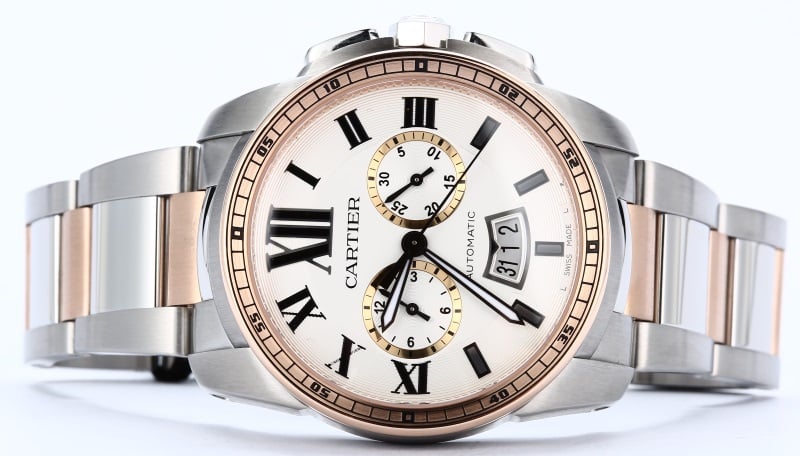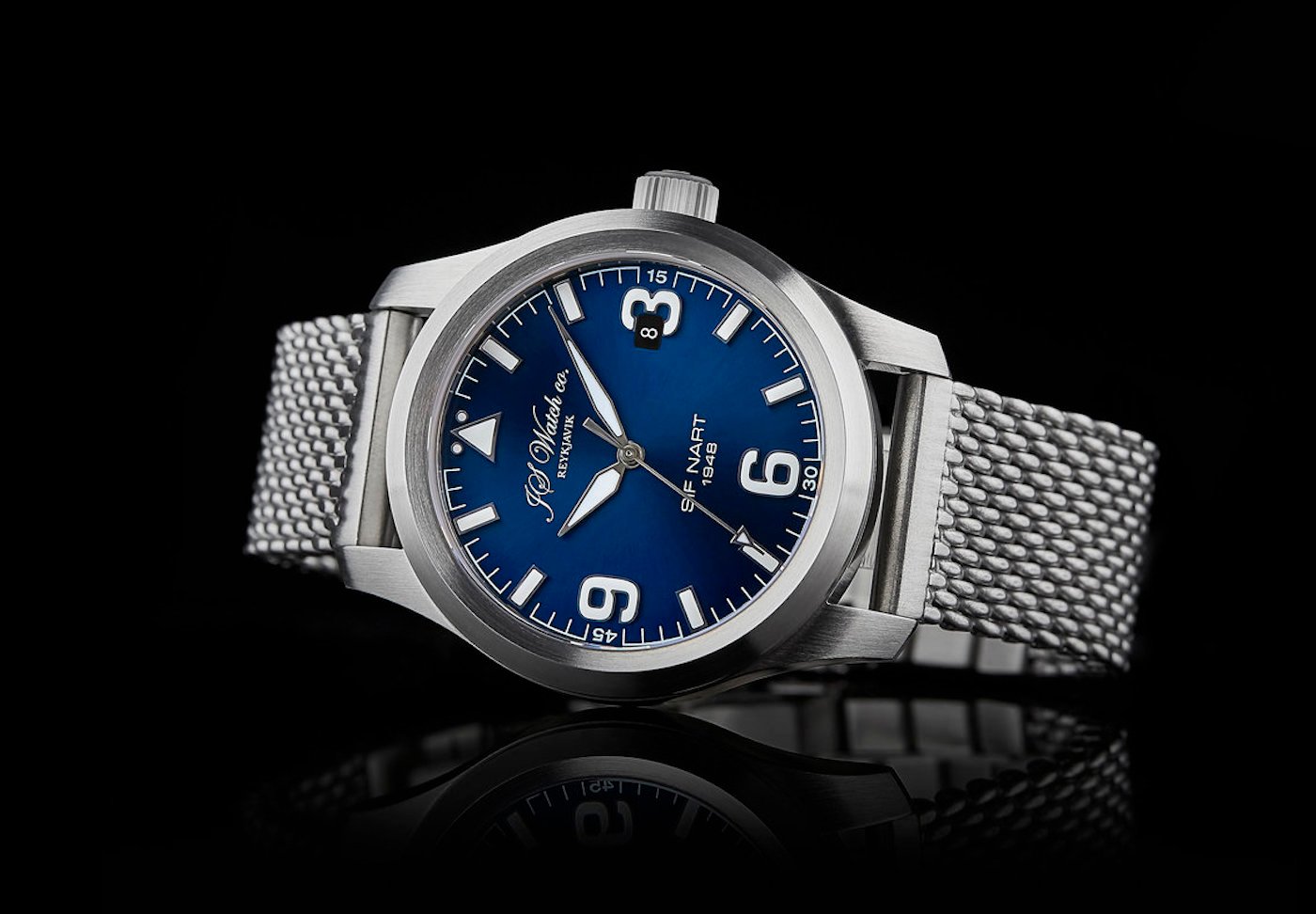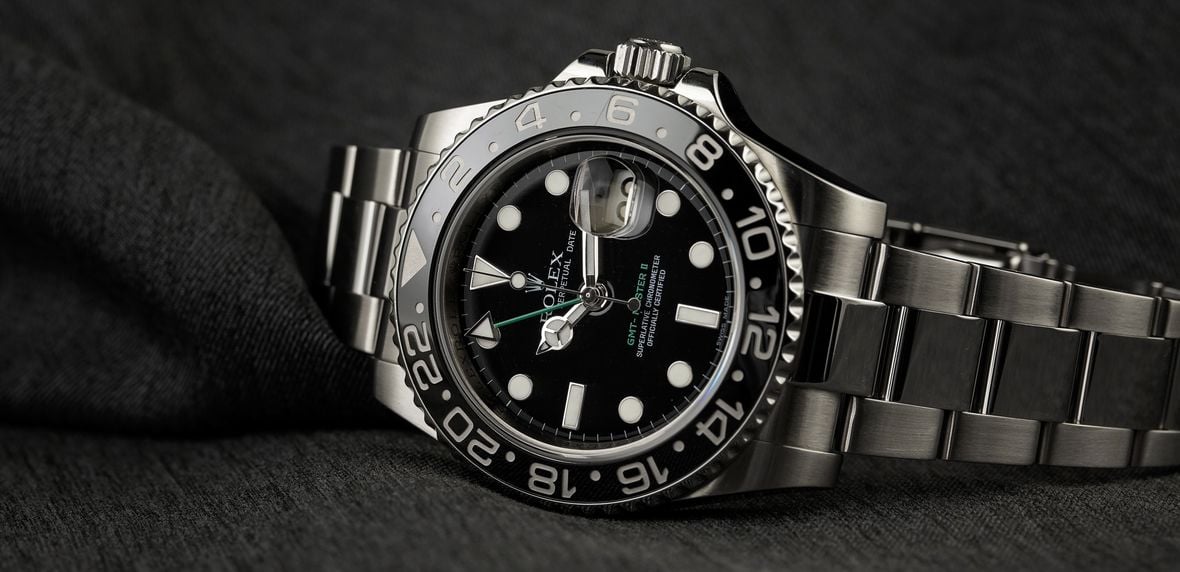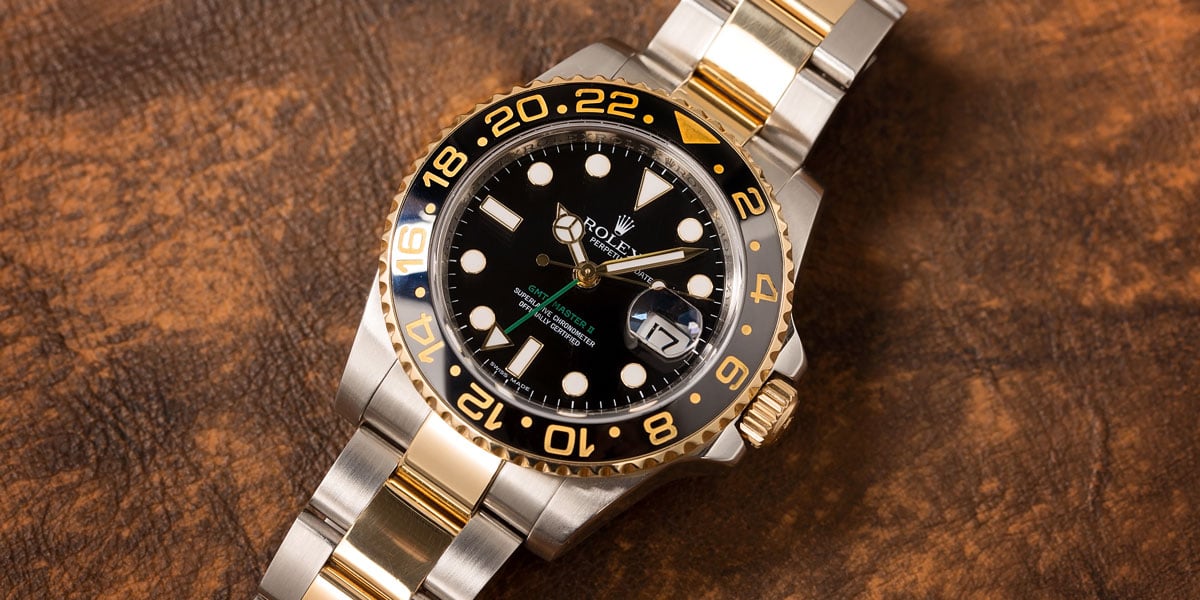The reference 6265 Rolex Daytona is the near-identical, twin brother of the reference 6263 Daytona; however it differs in that it is fitted with a metallic bezel craft from stainless steel or gold, rather than a black one made from acrylic. The reference 6265 and the reference 6263 were manufactured between the early 1970s and late 1980s, and are representational of the later-era, vintage Daytona chronographs that featured an evolved design of the screw-down chronograph pushers that first made an appearance on the reference 6240.
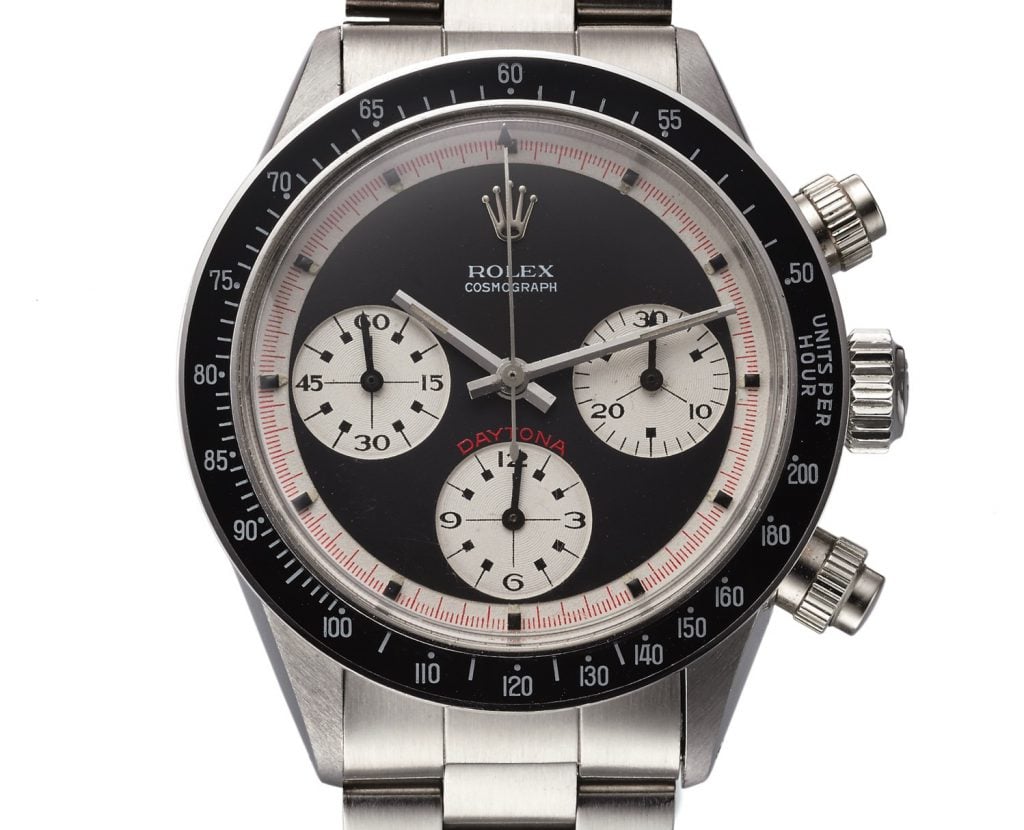
Although the actual case diameter of this generation of Daytona watches was no greater than that of the previous one, the larger design of the screw-down chronograph pushers gave the reference 6263 and the reference 6265 Rolex Daytona a noticeably thicker and more muscular overall appearance than that of the previous generation that used traditional, pump-style pushers. Despite still relying on a manually wound, Valjoux 727 movement, the widespread implementation of screw-down chronograph pushers on this generation of Daytona watches marks a turning point in the Daytona’s history, and makes the reference 6263 and the reference 6265 some of the most desirable vintage Rolex references to own.
In addition to their perfect blend of modern and vintage aesthetics, one of the reasons why collectors are so drawn to the reference 6263 and the reference 6265 is the wide variety of dials that were fitted to these watches throughout their relatively long production run. Dial variations include everything from the iconic “Red Daytona” (both big and small font), to the ever-popular “Paul Newman”/exotic dial – or in the case of this particular reference 6265 Daytona, the lesser known, and often misunderstood “sigma dial.”
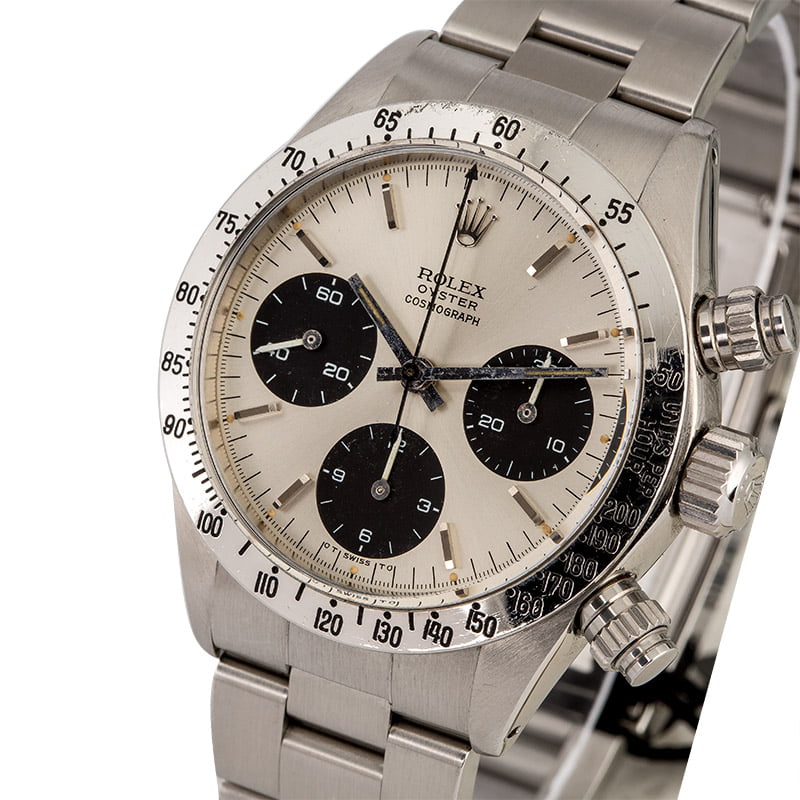
The tiny, round marks sometimes found on either side of the “Swiss” or “Swiss Made” text at the very bottom of certain watch dials from the 1970s are actually the lowercase Greek letter sigma, hence the rather-appropriate, “sigma dial” nickname. Numerous rumors and myths surround these often-unnoticed, sigma markings; however the general consensus is that they were a mark used by certain Swiss manufacturers to signify that the hands and hour indexes on a given watch were craft from solid gold.
The sigma markings on dials were not something that was imposed on companies, but rather a mark of distinction that a relatively small handful of Swiss timepiece manufacturers chose to place on their watches as a testament to the quality and intrinsic value of their components. Consequently, sigma dials are not a trait that can be uniformly found across all Swiss brands, and there are no consistent and symmetrical dates for when sigma dial markings first started to appear, or for when they stopped being used.
For Rolex watches, serial number records suggest that sigma dials first started to appear around 1970 and were phased out towards the end of that decade. This makes the sigma dial on this early production run, reference 6265 – which has a serial number engraving that dates it to 1972 – entirely correct. Additionally, like other vintage Daytona watches of this same time period, the bezel on this reference 6265 has its proper 200-units per hour scale engravings, which differ from the 400-units per hour scale that can be found on the bezels of contemporary Daytona watches.

For vintage Rolex Daytona chronographs, it is the numerous, tiny details across the different references that drive much of the value and excitement for collectors. Sigma dials, like the one fitted to this reference 6265 Rolex Daytona from 1972, are representative of an interesting and pivotal time within the entire watch industry, when new competition from electronic and quartz movements forced traditional mechanical timepiece manufactures to highlight other aspects of their products, such as the quality and material value of their components.
While the idea of promoting the value and exclusivity of mechanical watches was first introduced during the early 1970s, these attributes have now become the cornerstone principles that drive the majority of the modern luxury watch industry – and the high prices that manufacturers ask for their various works. Today, as quartz timepieces have become entirely ubiquitous and can be purchased for as little as a few dollars, it is ultimately the use of precious materials and precision craftsmanship – first represented by sigma markings, like on the dial of this early production run, reference 6265 Rolex Daytona – that allow the antiquated technology of mechanical timepieces to still have a cherished and valuable place within ever-changing, modern times.


